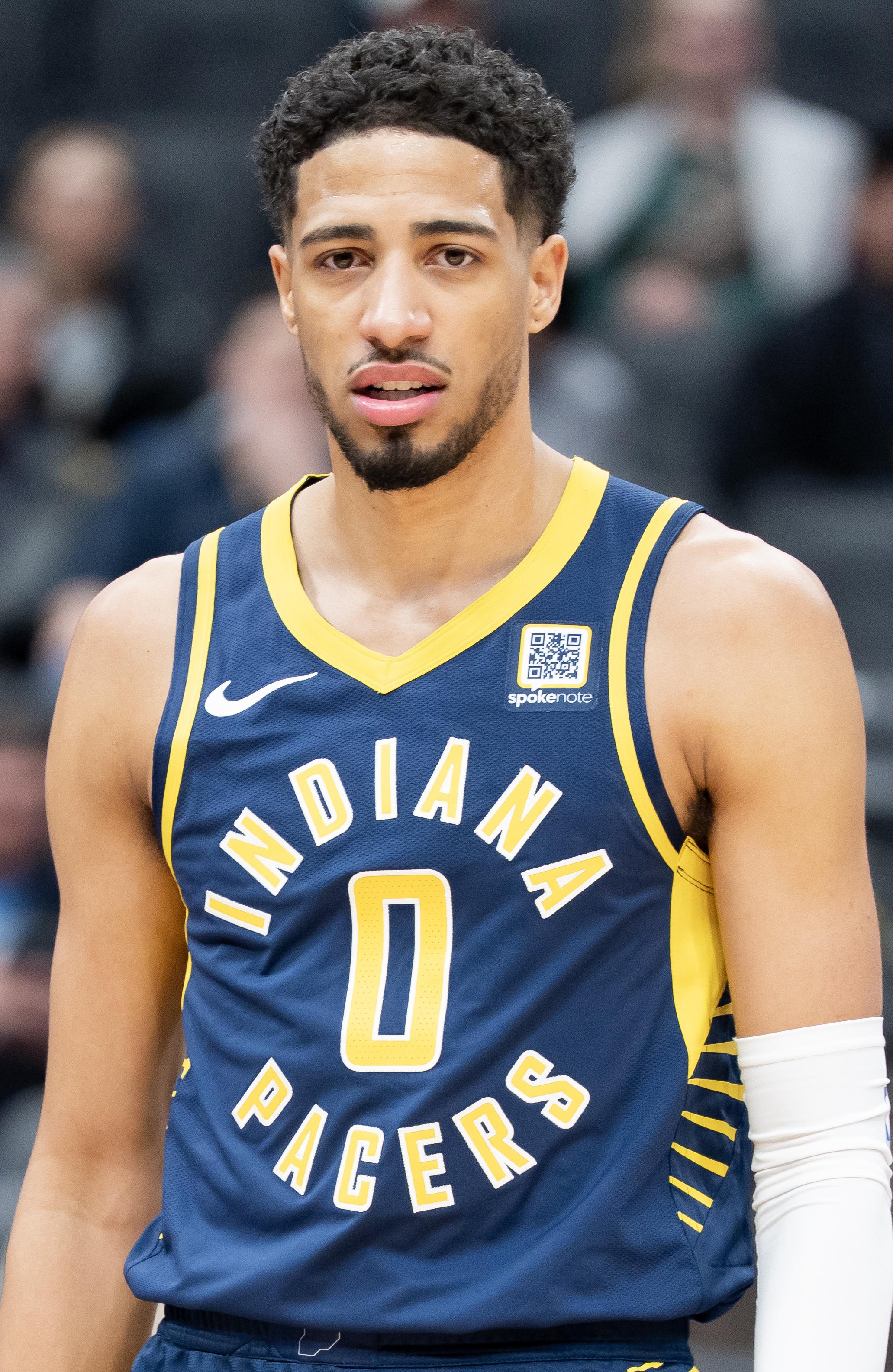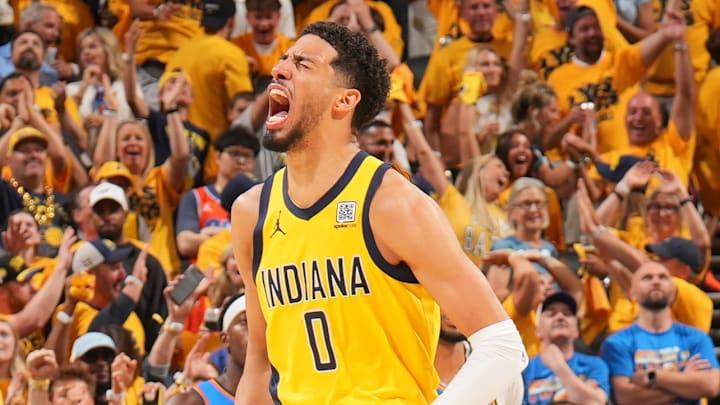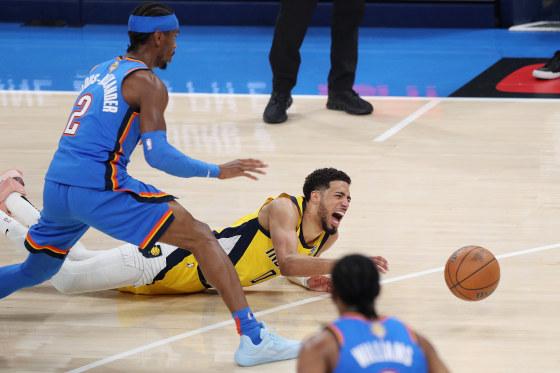Evaluating the Impact of Injury on Player Performance
In the competitive world of professional basketball, the decision to play thru injury can significantly influence a player’s performance and the overarching team dynamics. For Tyrese Haliburton, weighing the risks of participating in games while managing physical setbacks is paramount not only for his individual stats but also for the morale of the entire squad. When players choose to compete under duress, they may face potential consequences that might extend beyond a single game, impacting their long-term health and career longevity. The delicate balance between personal ambition and team needs often leads to heated discussions among fans and analysts alike.
The repercussions of playing injured can manifest in various ways, especially affecting on-court efficiency. For Haliburton, who thrives on quick decision-making and precision passing, any physical limitations could hinder key aspects of his game. Considerations include:
- Reduced Speed – An injured player may struggle to keep up defensively, impacting the overall flow of the game.
- Impaired Shooting – Physical issues could lead to inconsistencies in shooting, affecting scoring opportunities.
- Increased Risk of Further Injury – Pushing through pain often leads to exacerbated injuries, which can sideline a player for even longer periods.
Understanding these factors can provide clarity for fans questioning Haliburton’s decisions during critical moments, revealing that every step on the hardwood is a complex interplay of individual resilience and broader team strategy.

The Role of Medical Advice in Athletic Decision-Making
In the realm of professional sports, the tension between an athlete’s desire to compete and the necessity of medical advice creates a complex dynamic, particularly when injuries come into play.Tyrese Haliburton’s decision to push through discomfort raises critical questions about the influence of medical staff in athletic environments. Coaches and trainers often operate under immense pressure from fans, sponsors, and even the players themselves to ensure that teams are performing at peak capacity. Yet, the role of medical professionals is to prioritize long-term health and ensure athletes do not exacerbate injuries for the sake of short-term success. This highlights a vital aspect of sports culture: the ethical obligation of teams to facilitate an environment where medical advice is respected and heeded.
Moreover, the impact of medical advice transcends immediate performance and can significantly shape an athlete’s career trajectory. For Haliburton, the consequences of ignoring medical recommendations could lead to prolonged recovery times or, worse, chronic issues that affect his future gameplay. It is essential for teams to cultivate a culture that values open dialog between athletes and health care professionals, allowing for informed decision-making that encompasses both athletic ambition and personal well-being. By embracing a model where the athlete’s health is placed at the forefront, the sports community can foster a more enduring approach to competition, encouraging players to understand the importance of listening to their bodies while still fueling their competitive spirit.

Analyzing Team Dynamics and Fan Expectations
In the high-stakes world of professional basketball, team dynamics play a pivotal role in shaping both performance and morale. the decision to let a star player like Tyrese Haliburton take the court while managing an injury can dramatically affect not only game outcomes but also team cohesion. Coaches must weigh the risks of exacerbating an injury against potential gains in short-term success. Players often feel the pressure from teammates to contribute, fostering a culture where playing hurt can sometimes be mistakenly glorified.This situation raises critical questions about the overall health of the team and the importance of individual well-being.
Fan expectations amplify this complexity; spectators often view athletes as superhuman, expecting them to deliver excellence irrespective of the circumstances. The following factors come into play:
- Performance pressure: Fans may not fully understand the implications of playing injured, fostering unrealistic expectations.
- Influence of Social Media: Instant reactions can amplify narratives that place blame or shift support based on a player’s decisions during injury.
- long-Term Impact: Fans need to consider how a player’s health can influence the team’s future success, beyond just one game.
This blend of team dynamics and fan expectations creates a complex dialogue around risk management and player health, ultimately setting the stage for discussions surrounding player agency and the culture within professional sports teams.

Recommendations for Future Injury Management Protocols
In light of recent events surrounding Tyrese Haliburton’s injury management, it becomes crucial to establish thorough protocols that prioritize player health while maintaining competitive integrity. A shift towards a more nuanced approach to injury assessment and decision-making in high-stakes situations is essential. Future protocols should include:
- Enhanced Communication: Streamline communication between medical staff, coaching teams, and players to ensure that everyone is informed about the player’s condition and the potential risks of playing through an injury.
- Individualized Health Assessments: implement tailored health assessments that take into account the specific nature of the injury, the player’s history, and their physical capabilities before making game-time decisions.
- Utilization of Technology: Leverage advanced imaging and monitoring technologies to provide real-time data on player health, enabling smarter decision-making regarding participation.
- Mandatory Rest Guidelines: Establish clear guidelines that prioritize adequate rest and recovery periods for players who are recovering from injuries, minimizing the long-term risks of re-injury.
Moreover, it is indeed vital to engage players in the decision-making process regarding their health. Empowering athletes with knowledge about their injuries and the associated risks fosters a culture of responsibility and awareness. To achieve this, organizations could implement:
- player Education Programs: Develop programs focused on educating players about injury risks, recovery protocols, and the potential consequences of playing injured.
- Feedback Mechanisms: Create systems where players can share concerns about their physical condition, promoting a culture where prioritizing health over performance is the norm.
- Injury Prevention Workshops: Conduct regular workshops addressing injury prevention techniques, ensuring that players are well-versed in the best practices for maintaining their physical health throughout the season.
